
How DLP Works
There’s a host of tiny pixies running around with tiny mirrors… or something.
Text:/ Rod Sommerich
What is a DLP Chip: In 1987 Dr. Larry Hornbeck of Texas Instruments developed one of the earliest nano-technology devices, the Digital Micro Mirror Device or DMD. When this chip is integrated into a light path it carries the proprietary name DLP or Digital Light Processor. The idea had applications in a number of areas but the main idea was a new way to project pictures.
How Does it Work?: The DMD is a square chip, based on computer RAM (Random Access Memory). The chip has an array of microscopic mirrors, one on each memory location. The number of mirrors set the resolution, one mirror equals one pixel. DLP chips are available in a number of different resolutions and aspects ratios including 800×600, 1024×768, 1920×1200 and even higher resolutions. Each mirror is on a nano hinge and can be tilted either left or right – thousands of times a second.
How Does it Make a Picture?: Each mirror is one pixel of the image to be displayed. The RAM on the chip is told to turn on or off or to show black or white on the screen. When the mirror reflects the light one way it puts light to the lens and on to the screen (white) or the other way it sends light to a trap (black). The RAM chip can be changed thousands of times per second allowing the mirror to ‘oscillate’ and create different light levels or greys. A typical DLP projector can display 256 levels of grey.
CREATING COLOUR IMAGES WITH DLP
Single-Chip DLP Colour Technology: To add colour to the image of a single-chip DLP projector, a glass wheel with segments of different colours is rotated between the lamp and the DLP chip. The most common combination of colour segments is Red, Green, Blue and White (RGBW) but there are a number of different types of colour wheel for specific applications. When all the colours are shown in sequence, the image persistence in our brain combines them to make one full-colour image. Colour wheels spin anywhere from two to six times per frame (that’s 50 to 150 revs per second for PAL).
Three Chip DLP Colour Technology: In three chip DLP projectors, the output from the light source is split into red, green and blue components which are then directed on the individual DLP chips. The light is then recombined via a prism system to produce a full colour image. Three chip DLP chips are used in most commercial cinemas and for large venue applications where high brightness is required.
Electron microscope image of a DMD chip showing the micromirrors in comparison to the tip of a pin.
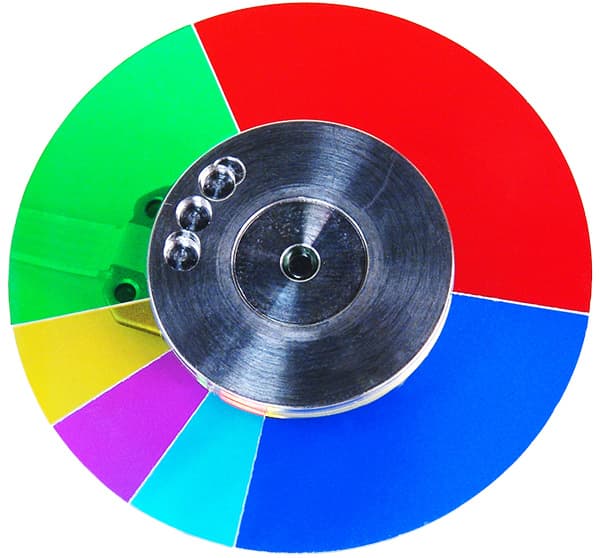
RGBCMY ‘Brilliant Colour’ colour wheel from a single chip projector.

COLOUR WHEELS FOR SINGLE-CHIP APPLICATIONS
The two predominant colour wheel technologies are RGB and Brilliant Colour. Brilliant Colour colour wheels usually have six or seven colour segments: usually Red, Green, Blue, Cyan, Magenta, Yellow (RGBCMY) and white. This comprises both the three primary colours RGB and the three secondary colours CMY, which allows them to produce more colours than other projection technologies, including LCD, plasma and CRT which only use Red Green and Blue. The size of each colour segment is determined by the projector’s intended application. Data projectors have a larger white segment, while video projectors have very small, or even no white segment.
COMMON LIGHT SOURCES FOR DLP PROJECTION
Xenon: Used in high-end projectors for high output. Xenon is a brilliant white full-spectrum light source. However, the cost of Xenon is much higher and the lamps only last about 1000 hours.
Metal Halide: These lamps have been used for many years and there are a number of new developments which have made them more efficient and reliable. They are relatively inexpensive and offer stable colour temperature over the life of the lamp, which is between 1500 and 5000 hours, depending on the design of the projector. Unfortunately, these are not full-spectrum lamps so some colours are not as bright as others. A new technology design specifically for single-chip DLP projectors boosts the lamp’s output and colour temperature according to the colour wheel segment being displayed. This also improves the lamp output by about 10% ~ 25%. This technology is known under different names, some of these include VIDI from Philips or Uni-Shape from Osram.
Light Emitting Diode: LEDs are a new technology for projection. They generate less heat and use less energy, and new high intensity LED light sources are becoming available and are currently being developed into projectors. Switchable colour LED light sources are ideal for single-chip DLP projection as they can replace the colour wheel. Their high-switching speed also produces very high image contrast. With a life span of between 10,000 and 20,000 hours, these projectors may hopefully be maintenance-free. Because of the current low output for LED light sources they are only available in ‘pico projector’ format from around 10 to 20 ANSI lumens. LED light source brightness output is expected to increase dramatically over the next two years.
Lasers: Laser light sources have been investigated and reviewed for projector use. Several factors, including cost, safety concerns and market perception of laser technology have meant that lasers have not yet been widely adopted for projectors.
“”
Eventually DLP projectors may be embedded into mobile technology such as phones and laptops
DLP: WHAT’S IT GOOD FOR?
Size: DLP projectors are generally smaller and lighter than projectors of similar performance using other technology. Single-chip DLP projectors have a single imaging chip and no prisms or other optical components.
Greyscale & Colour Reproduction: Accurate and consistent colour and greyscale reproduction are possible for the life of the DMD because the mirrors do not degrade or fade over time.
Fill Ratio: Because of the electronics being in the substrate of the chip, the mirrors of a DLP chip can be put very close together. This is not possible in LCD which requires the electronics to run between the pixels. This results in a much smaller gap between the pixels, which eliminates the feeling of looking through a fly-screen door.
Colour Registration: Single-chip DLP projectors use the same pixel for each colour of an image. This means they can’t have registration errors and can’t suffer from the alignment issues associated with using multiple elements for colour creation.
Lifespan: As DLP projectors use mirrors, they have a short persistence and can’t suffer image burn-in from static image content such as logos or fixed graphics. DLP is the most desirable projection technology for heavy-use applications such as digital signage, control room projection displays, digital cinema projection and other applications where the projector will be left on for long periods. Because mirrors don’t degrade over time, colour accuracy and brightness are maintained over the life of the DLP. Unlike other technologies, ultraviolet and infrared light do not damage or degrade the DLP.
Smooth Motion Images: DLP mirrors can be switched at very high speeds, which translates to very fast frame rates and smooth motion.
3D Projection: DLP projectors are capable of the very high frame rates required for 3D imaging in both single and three-chip DLP (120Hz or 60 frames per second per eye). 3D is increasingly being used for feature films, immersive reality environments and virtual reality imaging for training.
DLP: WHAT AIN’T IT GOOD FOR?
Because single-chip DLP projectors use a colour wheel, some people are susceptible to seeing bands of colour on edges of objects in high contrast images: something known as the Rainbow Effect.
THE FUTURE OF DLP DEVICES
New DLP chip applications include the new LED ‘pico’ projectors. These projectors fit in the palm of your hand and are about the size of a mobile phone. They output enough light to show a 20-inch image in a normal office or larger image in lower light levels. The LED light source is very efficient, so these units can be run on batteries making them ideal for sales reps and other mobile projection applications. Eventually DLP projectors may be embedded into mobile technology such as phones and laptops.
Rod Sommerich (CTS) is National Product Manager of Display Products for Amber Technology. Like Rod, all readers are welcome to pitch article ideas. Send an email to the editor.
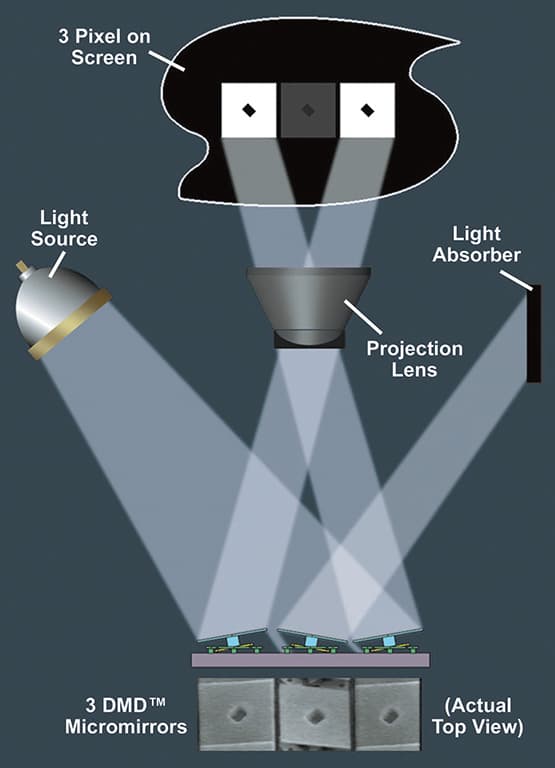
A Tale of Three Pixels:
Micromirrors 1 & 3 are reflecting their light out through the projection optics, making them ‘white’. Micromirror 2 is reflecting its light on to the absorber panel, making it ‘black’.


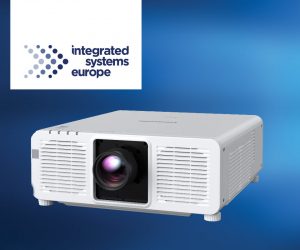
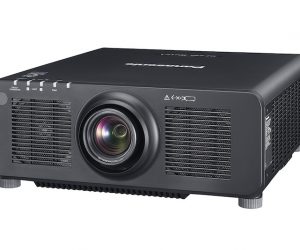
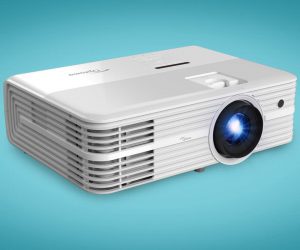
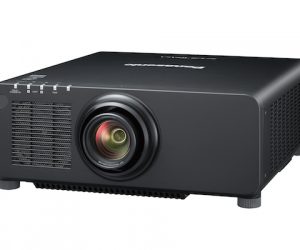
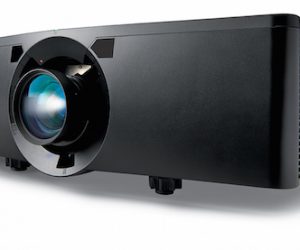
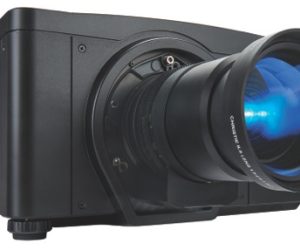
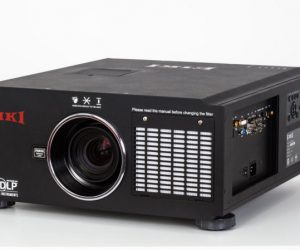
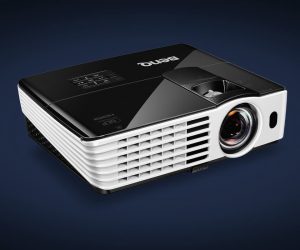
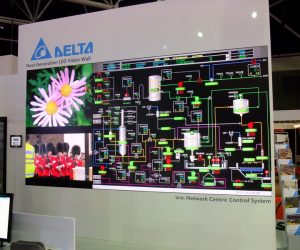

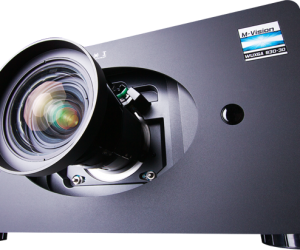
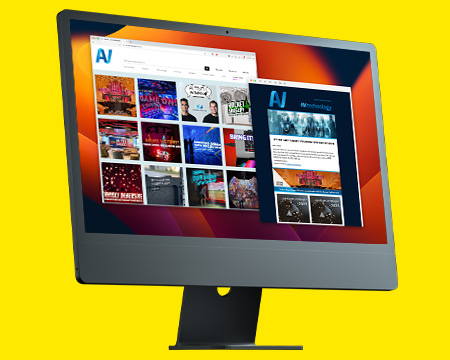

RESPONSES